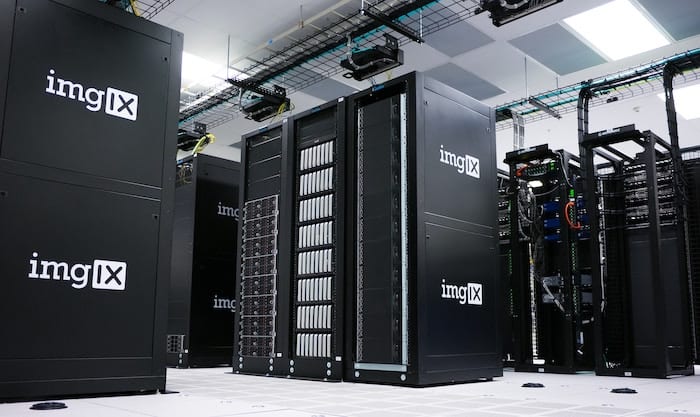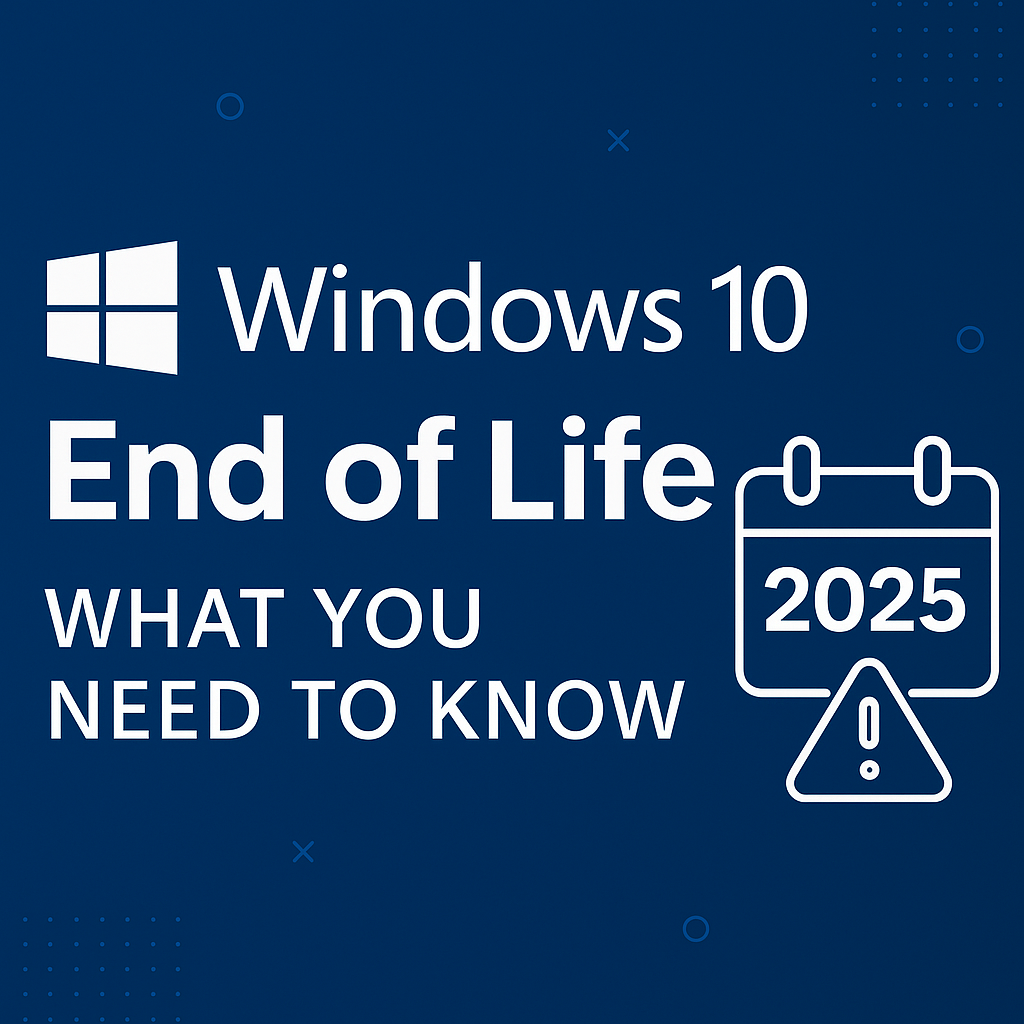You want your data center facility to offer optimal performance, minimizing waste and providing for cost-effective operations. Whether you operate a private data center focused on data security or your operation is designed to provide the access and scalability associated with cloud services.
Issues like aging infrastructure, an unsuitable location, or poor data center design, for example, can impede optimal performance goals.
Remaining competitive in the rapidly advancing data marketplace means operating an efficient data center that keeps pace with demands for cloud services, big data, and social computing.
It can be difficult to keep up with changing technologies. But the right strategies can help you design datacenter facilities that allow for both efficiency and evolution. Here are a few ways in which you can optimize your data center for performance, versatility, and flexibility.
Your Data Center Definition
Knowing how to optimize your data center starts with defining the scope of intended operations. In most cases, data centers have a primary goal. However, many facilities have a variety of objectives. Which can make it difficult to balance desired outcomes against optimal efficiency and performance.
Other factors that can affect data center performance include user demands and changing technologies that:
- Impact your strategy
- Force you to pivot
- And result in inconsistencies, overlaps, and waste that impacts performance.
The good news is, defining your data center and adjusting to optimize can be an ongoing process. Whether you’re in the beginning stages of designing your data center or you find that you need to make some adjustments, there are certain areas you’ll want to concentrate on when it comes to planning for optimization.
Maintaining an uninterrupted power supply, managing environmental controls, and updating security features to minimize risk factors are fairly non-negotiable. However, you have a lot of wiggle room when it comes to resources like facilities, infrastructure, and staffing.
Whether your objectives and services stay the same or change over time, these movable pieces can:
- Increase versatility
- Allow for scalability
- And ultimately help you to optimize operations now and in the future.

Appropriate Data Center Architecture
Choosing the right components for your data center infrastructure is no easy undertaking. But if you start by honing in on what you hope to accomplish with your operation, you’ll have an easier time connecting the dots.
The next challenge is figuring out the logistics of data center architecture. Perhaps with the help of a professional data center engineer because there are a lot of variables involved in optimizing your layout.
One of the major considerations with architecture revolves around keeping machinery cool. This is one of the biggest potential problems and often one of the greatest expenses involved in data center operations. You can optimize cooling through smart architecture by:
- Placing racks of equipment in ideal alignment
- Separating front-facing and back-facing aisles
In other words, you want equipment to face front-to-front down one aisle and back-to-back down the next in an alternating pattern. This allows you to better control cool and warm air within your space. As opposed to front-to-back facing machinery that could require significantly more cooling resources.
Even in Data Center Stacks, Heat Rises
You also need to consider the upper third of stacks. Heat rises while cool air drops. So placing the equipment that generates the most heat on the bottom of stacks, rather than the upper third, is essential to avoid overheating and reduce cooling costs.
Perhaps you’re currently working with a data center that isn’t laid out in an ideal fashion. You can always try solutions like blanking panels and chimneys that help to funnel cool air where it’s needed most. But consider this a temporary solution until you can make the proper adjustments.
Don’t forget, optimizing your architecture can also be managed over time by optimizing equipment. At some point, you’re going to need to remove and replace old equipment. This gives you an opportunity to improve existing layouts for greater efficiency and cost control.
The Significance of Location
Many companies find colocation to be a great way to get started with data center operations. But at some point, you may decide that having your own data center is preferable. Making a move means deciding how to:
- Manage current equipment
- Upgrade hardware
- Liquidate old or existing equipment
- And especially choose the facility location best suited to your needs.
Edge Data Centers
A surprising number of data centers are moving to the edge areas. Edge data centers better serve specific markets, improve overall speed and efficiency, and save money.
Desert areas, for one, are growing in popularity. This could be because there’s no shortage of cheap land to be had. Plus, a steady supply of sunlight offers opportunities for renewable energy that can help to cut costs.
Of course, you might also consider locations in cooler climates where the environment supplies cooling for you at no additional cost.
This can be a bit of a slippery slope, though. Cooling is often an issue for data centers. But you need to be aware of the fact that there is an ideal temperature for your facility. Maintaining it isn’t as easy as letting arctic air wash over your equipment.
Consider what the location of your facility has to offer in terms of natural cooling or renewable energy. But beforehand you might want to utilize algorithms designed to run specific scenarios. Use data pertaining to specific conditions in order to see which regions are most likely to help you cut costs.
Don’t forget to factor in:
- The purchase price or leasing costs for your facility
- The difficulty and cost of carting supplies to the location and removing waste (especially if it is remote)
- The challenges of data migration
- The relative availability and cost of staffing
- These factors can all eat into any potential savings from reduced energy and/or cooling costs if you don’t plan accordingly
Resource Management in Data Center Operations
The infrastructure and architecture of your data center play significant roles in the relative efficiency and expense of operations. But you also need to consider how you utilize all of your resources in order to pinpoint areas of waste, streamline operations, and reduce costs.
Let’s start by looking at unnecessary energy use. If you’re not yet monitoring energy consumption and power needs, now is the time to get on board. Implement equipment and/or programming that tracks and senses power use in order to make needed adjustments and reduce energy waste.
For example, equipment that is idling still draws power. You can curb that unnecessary consumption by powering down equipment when it’s not needed and not in use.
Utilizing renewable energy resources could be a viable option for cost-cutting. But you can’t afford to forego monitoring in order to stay abreast of potential areas of waste. You must adjust accordingly.
Whether this means staggering equipment usage, updating to more efficient equipment, or shifting staff scheduling, vigilance will be rewarded with greater efficiency and optimization.

Human Error in Data Center Design
You also don’t need to have your entire facility lit up like a Christmas tree day and night. Installing sensors can help to curb human error on this point.
When employees leave lights on in rooms that aren’t in use, it may not waste a ton of energy. Especially if your facility is staffed around the clock, but every little bit affects your bottom line.
Even the best data center design can’t account for certain inefficiencies. Which is why you need to put some thought into monitoring and managing your resources. This also includes balancing staffing around user demand.
It’s tempting to staff based on regular business hours. But it’s smarter to track usage patterns so you can staff appropriately to best meet user needs. Especially if your data center serves users in various locations (and time zones) across the globe.
Remaining Compliant
Data centers have an onus to comply with a variety of regulations regarding safe and secure operations. Both in terms of physical equipment and data protection. You might not think a focus on compliance bears any relation to optimization, but that’s a short-sighted view of the situation.
Official audits to determine compliance may be few and far between. Which may leave you with a false sense of security in the meantime. But it’s in your best interest to monitor operations and assess compliance on your own regularly. A few reasons include:
- It’s always wise to stay abreast of potential problems within your organization. Otherwise they may get out of hand and turn into major headaches that require significant time and expense to correct.
- A failure to comply that is discovered by authorities could result in penalties and costs that are easily avoidable. Not to mention the need to make fixes or upgrades to come into compliance, likely within a set time frame.
- If negligence is considered egregious, it could significantly impact operations. As you rush to implement needed changes in order to come into compliance, you’re stepping away from normal operations.
- Save considerable time and money by simply staying on top of compliance with in-house auditing.
Data center design is an all-encompassing process. It not only requires a common sense approach to planning and organization, but also the aid of specialists to ensure ongoing optimization within your operation. With expert assistance, you can create successful strategies, properly manage resources, and avoid pitfalls that compromise efficiency and cost you money.
At exIT Technologies, we offer full IT equipment services ranging from asset recovery, network equipment sales and recycling, data erasure, and full data center decommission services.



